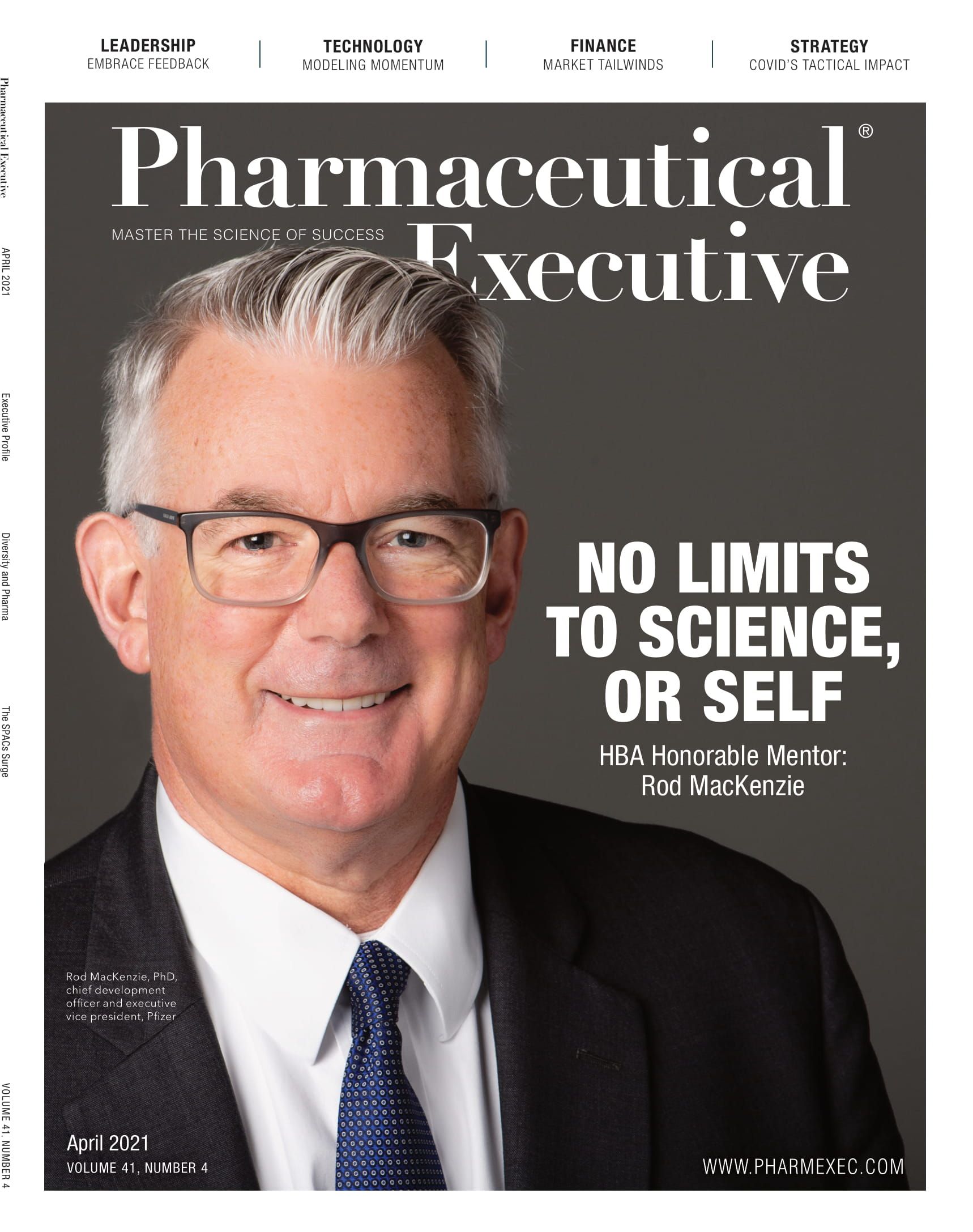COVID’s Tactical Impact on Health Plan/Manufacturer Business
Writing at the intersection of managed markets and the pharmaceutical industry.

It is hard to imagine that the COVID-19 pandemic—a once-in-a-century event—is unlikely to have a significant impact on health plan business, but judging from press reporting and speaking with a handful of pharmacy directors, there are signs that is the case.
The old news is that hospital losses due to delayed surgical procedures and outpatient volume went straight to health plans’ bottom line. The new news is that even in the middle of a global pandemic, health plan finances level out.
In Cigna’s fourth-quarter earnings call, for example, the CFO reported second-quarter savings from deferred utilization exceeded COVID-related costs; third-quarter savings from deferred utilization were roughly on par with COVID-related costs; and fourth-quarter COVID costs outstripped savings from deferred utilization. However, even with the fourth-quarter swing to higher costs, $977 million in Q4 earnings represented a year-over-year increase.1
A similar point was made in the earnings call by CVS’ CEO about the Aetna unit. Looking ahead this time, lower utilization was expected in the first quarter of 2021, with service volume projected to “head back to a normal level of utilization” later in the year. Additionally, it was suggested the pandemic would have an “immaterial” impact on 2021 earnings.2
One takeaway is that despite the impact of an external event like the pandemic, health plans find their financial equilibrium.
Against that backdrop, health plan pharmacy budgets should not be adversely impacted. At least for the present, cost for the vaccine will be borne by the federal government. Assuming emergency use authorization practices continue, the government will also absorb the cost of outpatient-administered monoclonal antibodies. On the inpatient side, hospitals absorb treatment costs.
While health plan pharmacy units are unlikely to be adversely impacted, the pandemic could impact manufacturers by accelerating existing market developments. Three bear mentioning.
Outpatient to home infusion. Health plans have been especially keen on pushing infusion volume to home-based settings. Whatever inertia had slowed that transition, risk of COVID infection appears to have changed that. A few pharmacy directors noted a “definite uptick” in home-based infusions. For pharma, the most important consequence is the shift in drug coverage from medical to pharmacy, and shift in product acquisition from buy and bill to specialty pharmacy.
Telemedicine protecting prescription volume. Growth in telemedicine volume has been, arguably, the single most accelerated medical practice development emerging from the pandemic.
For pharma, the impact is constructive because it represents an opportunity to reinforce patient adherence, maintain prescription renewals and generate new starts. While positive on its face, there is a chance telemedicine use plateaus as herd immunity materializes. In addition, potential can’t be discounted for telemedicine to become a new competitive battleground in the future.
Self-funded employer financial pressure. With the caveat that the market is highly variable, there appear to be two factors in play that could affect manufacturer business: 1) employers asking their pharmacy vendor for rebates to be delivered sooner than usual; and 2) employers asking for greater discounts.
As one pharmacy director put it, “A lot of employer groups are dependent on rebate checks and are asking for these rebate dollars earlier.” Adding, “there’s also more scrutiny now from a price standpoint with budgets being constrained.” One threat to manufacturers is employers increasing their adoption of narrow or closed formularies. Additionally, where brands have fought off biosimilar competition with increased discounts, employers could push their pharmacy vendor to go with low net-cost biosimilars, regardless of patient disruption.
For the payer channel, COVID-19 appears unlikely to have a sufficient impact this year to change the conditions on which brand strategies are based. But market developments that have changed could justify a review of tactics. Brand leaders may need to isolate these developments to better address the opportunities and risks that lie ahead.
References
Ira Studin, PhD, President, Stellar Managed Care Consulting. He can be reached at istudin@stellarmc.com

Trump: 'Major Tariff' on Pharmaceuticals Coming Soon
Published: April 9th 2025 | Updated: April 9th 2025“We’re going to tariff our pharmaceuticals, and once we do that, they are going to come rushing back into our country," President Donald J. Trump said during a Tuesday night dinner in Washington.